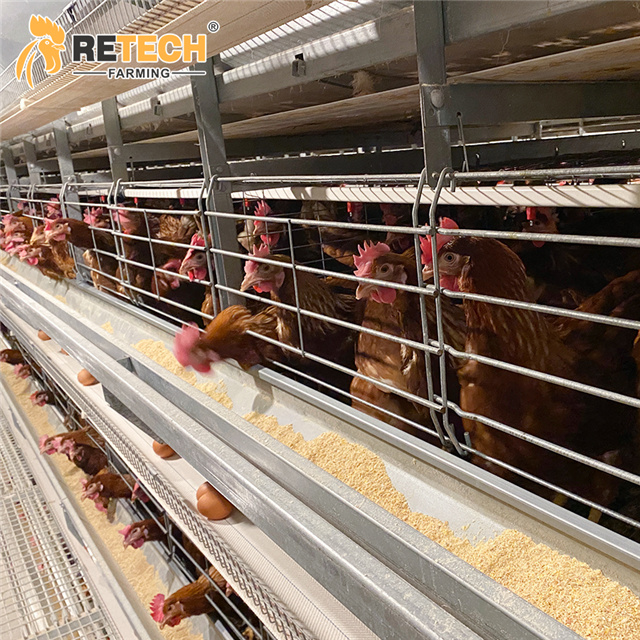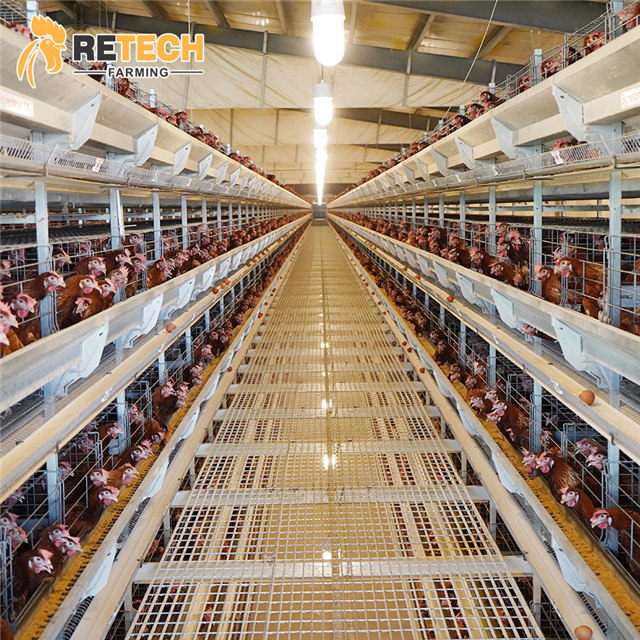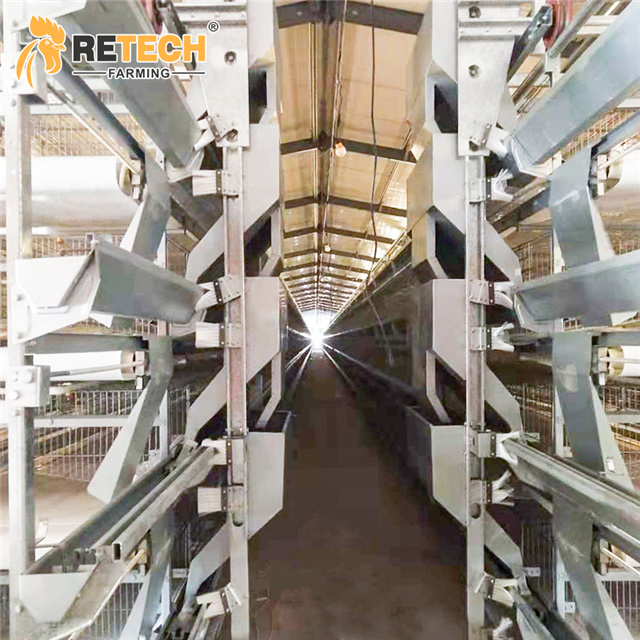It is transmitted through the air, and more than 70% of sudden outbreaks are related to ambient air quality.
If the environment is not properly controlled, a large amount of dust, toxic and harmful gases and harmful microorganisms will be produced in the chicken house. The toxic and harmful gases will directly stimulate the epithelial mucosa of the respiratory tract, causing edema, inflammation and other lesions. The harmful microorganisms absorbed by the dust will take the opportunity to invade and reproduce in large numbers And spread to the whole body through the blood circulation, so that the chickens get sick.
Cause of chicken farms Dust
Sources of dust:
1. Because the air is dry, it is easy to generate dust;
2. Dust is generated during feeding;
3. During chicken growth and depilation, dust is generated when the chicken shakes its wings;
4. The temperature difference between inside and outside the chicken house and between day and night is large, and ventilation is reduced accordingly for heat preservation, resulting in dust accumulation.
Litter, feed, feces, chicken skin, feathers, droplets produced during coughing and screaming, microorganisms and fungi in the air, under normal circumstances, the total dust concentration in the air of the chicken house is about 4.2mg/m3 , the total suspended particulate matter concentration is 30 times the national standard limit value.
With the application of automation in the chicken industry, automatic feeder feeding has become the main source of dust in the chicken house.
The hazards of dust in chicken coops
1. The dust in the air of the chicken coop can stimulate the respiratory tract and cause inflammation, and a large number of pathogenic microorganisms are attached to the dust. Therefore, dust is also the carrier of spreading and spreading diseases. Continuous inhalation of dust in the respiratory tract can continuously eliminate pathogenic microorganisms. into the inflamed area.
2. A high-concentration dust environment will directly lead to the death of chickens due to dust-induced tracheal obstruction. Studies have shown that the avian influenza H5N1 virus can continue to be active for several weeks to several months with the help of dust, and Marek virus can survive for 44 days with the help of dust. Long.
3. Because a large number of microorganisms are attached to the dust in the chicken house, the organic matter in the dust can be continuously decomposed to produce odor. The continuous effect of these harmful gases will cause damage to the respiratory system of the chicken and cause respiratory diseases.
How to remove dust from chicken coop
1. Increase the humidity in the chicken coop. Regularly spray and humidify with misting equipment.
2. Change the ventilation mode. It turned out that attention was paid to heat preservation and ventilation was reduced, resulting in dust not being discharged from the chicken house in time. In the case of increasing heating, ventilation can be increased. It is also possible to appropriately lower the temperature of the chicken house by 0.5 degrees to increase the ventilation. The ventilation cycle mode can be changed at night to increase the time interval between ventilation and shutdown.
3. Pay attention to and improve the particle size and dryness of the feed, avoid the feed being crushed too finely, and reduce the amount of dust generated by feeding. When crushing feed, crushing corn to a coarse grain of 3 mm produces less dust than crushing it into fine powder. Feeding pellets can significantly reduce the occurrence of dust.
4. Remove the dust on the roof, cages and waterline of the chicken house in time.
5. Regularly carry chickens for spray disinfection to promote dust settlement.
6. Adding a certain amount of oil or oil powder to the feed can effectively reduce the generation of dust.
7. Properly reduce the distance between the feeding port and the trough of the automatic feeding machine to reduce the generation of dust during the feeding process.
8. Set up a windshield under the beam in the chicken house to increase the wind speed in the chicken house and discharge dust.
9. Sprinkle water on the aisle before cleaning the aisle of the chicken house, which can reduce the occurrence of dust.
10. Clean up the feces in time to remove feathers and dust on the feces.
In short, in order to reduce the incidence of respiratory tract in chickens, dust removal and dust prevention are essential. Treating the respiratory tract is not the purpose. Only by improving the pathogenic environment and factors that cause respiratory diseases can the occurrence of respiratory diseases be effectively prevented.
Post time: Dec-08-2022










